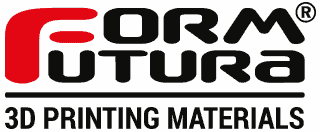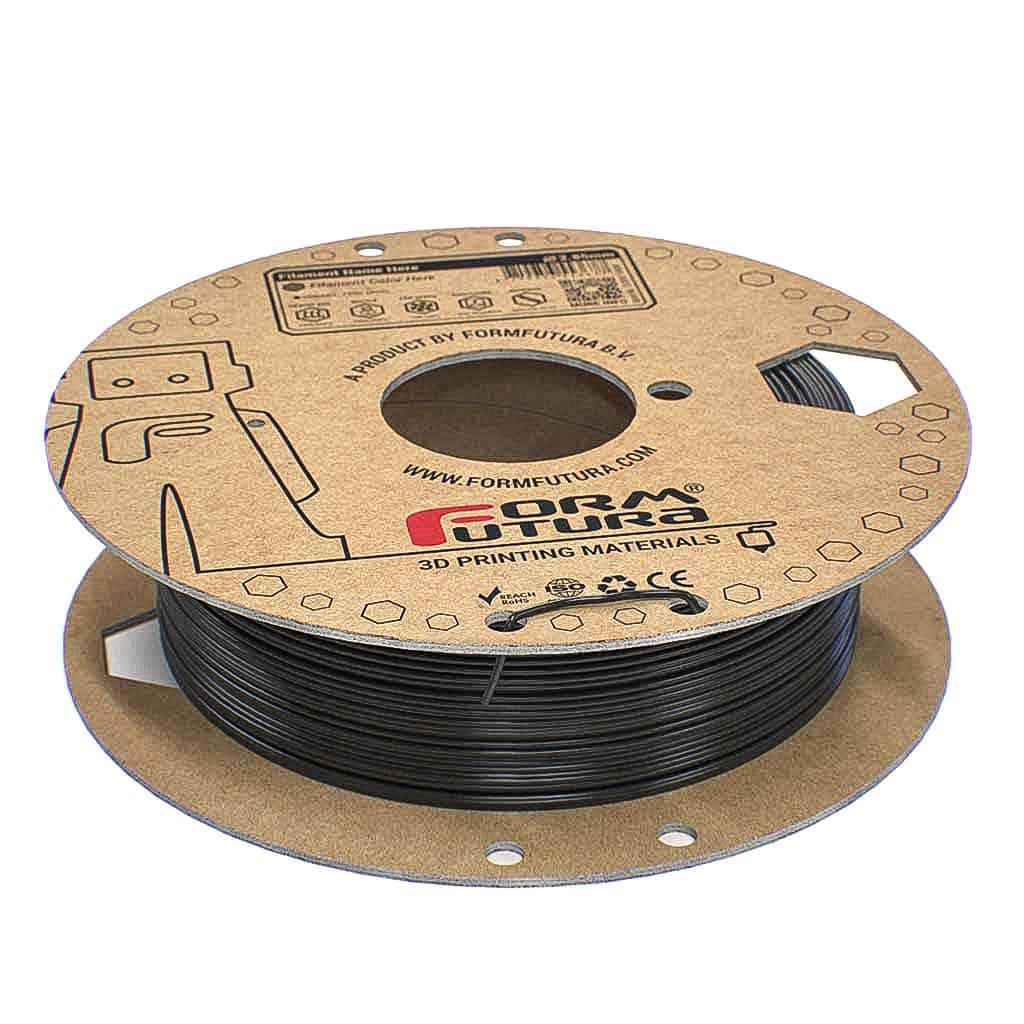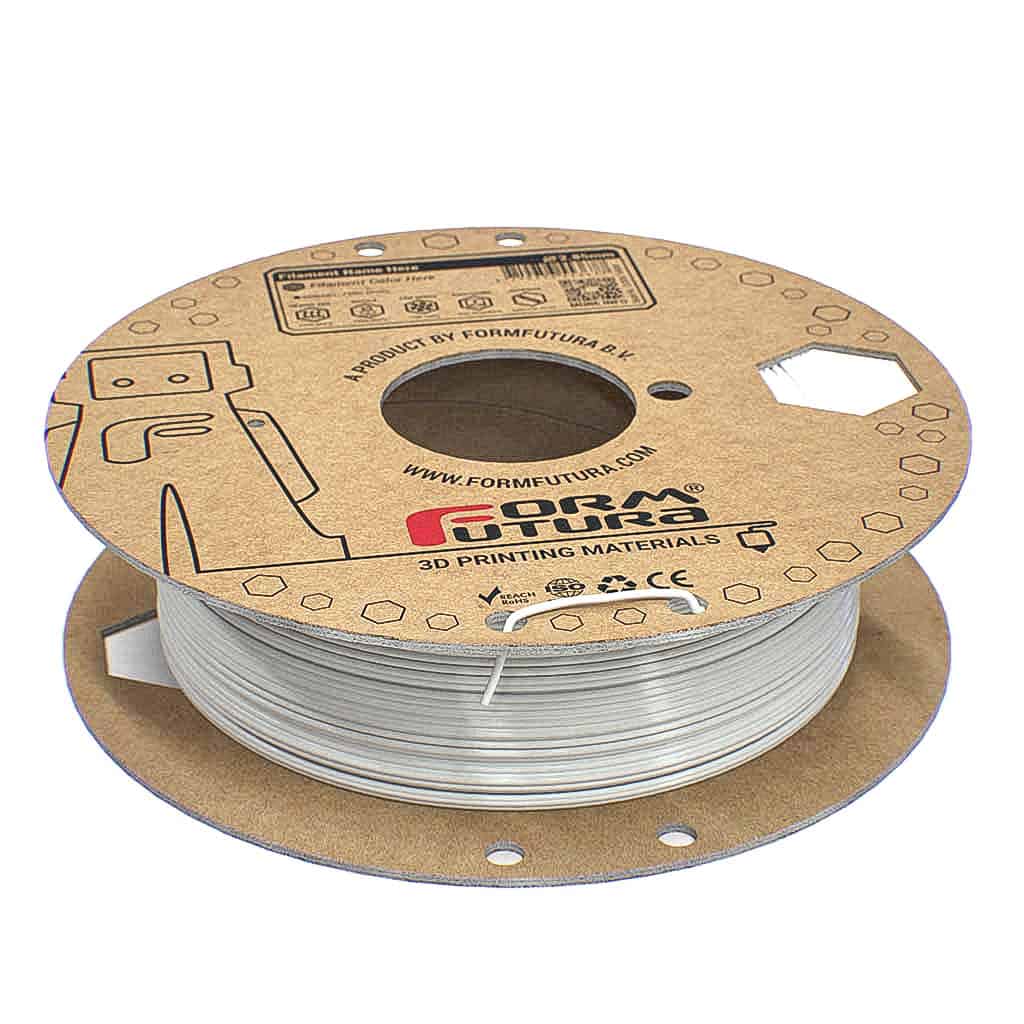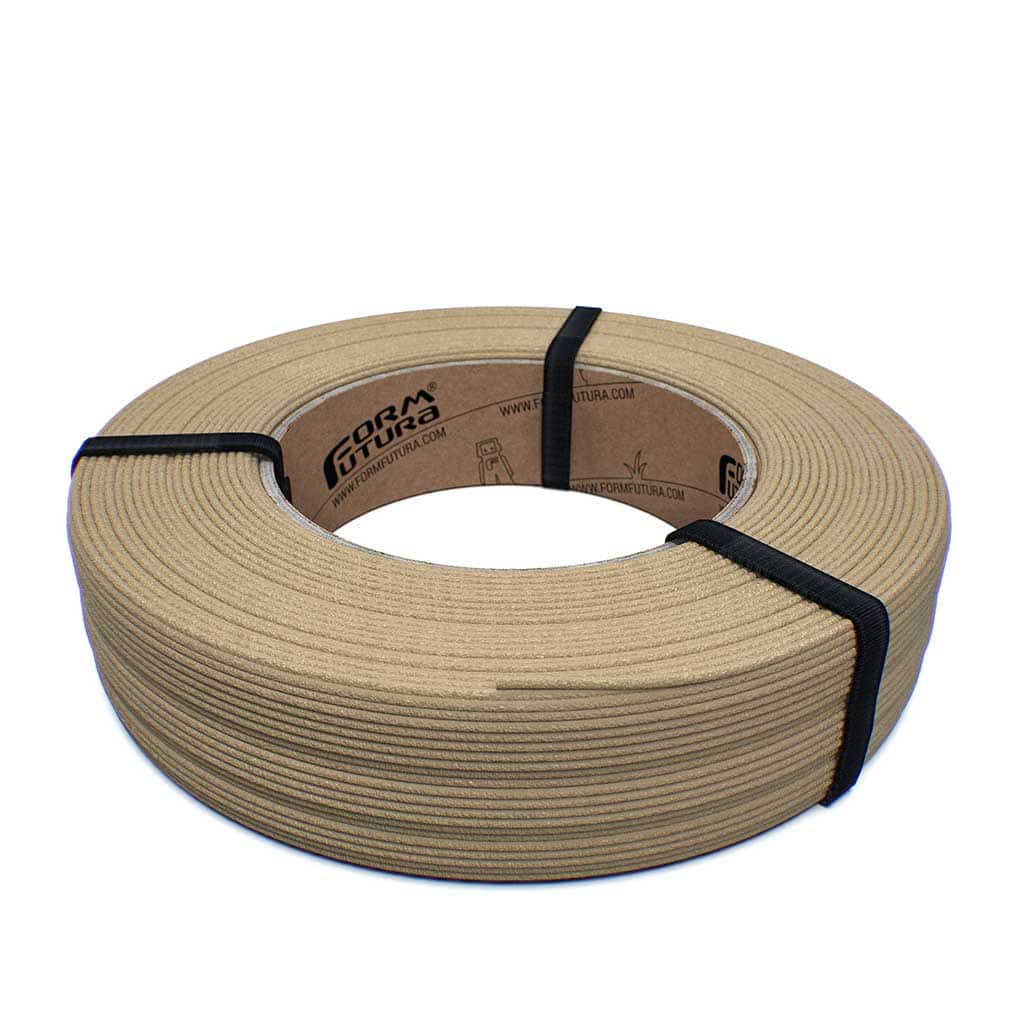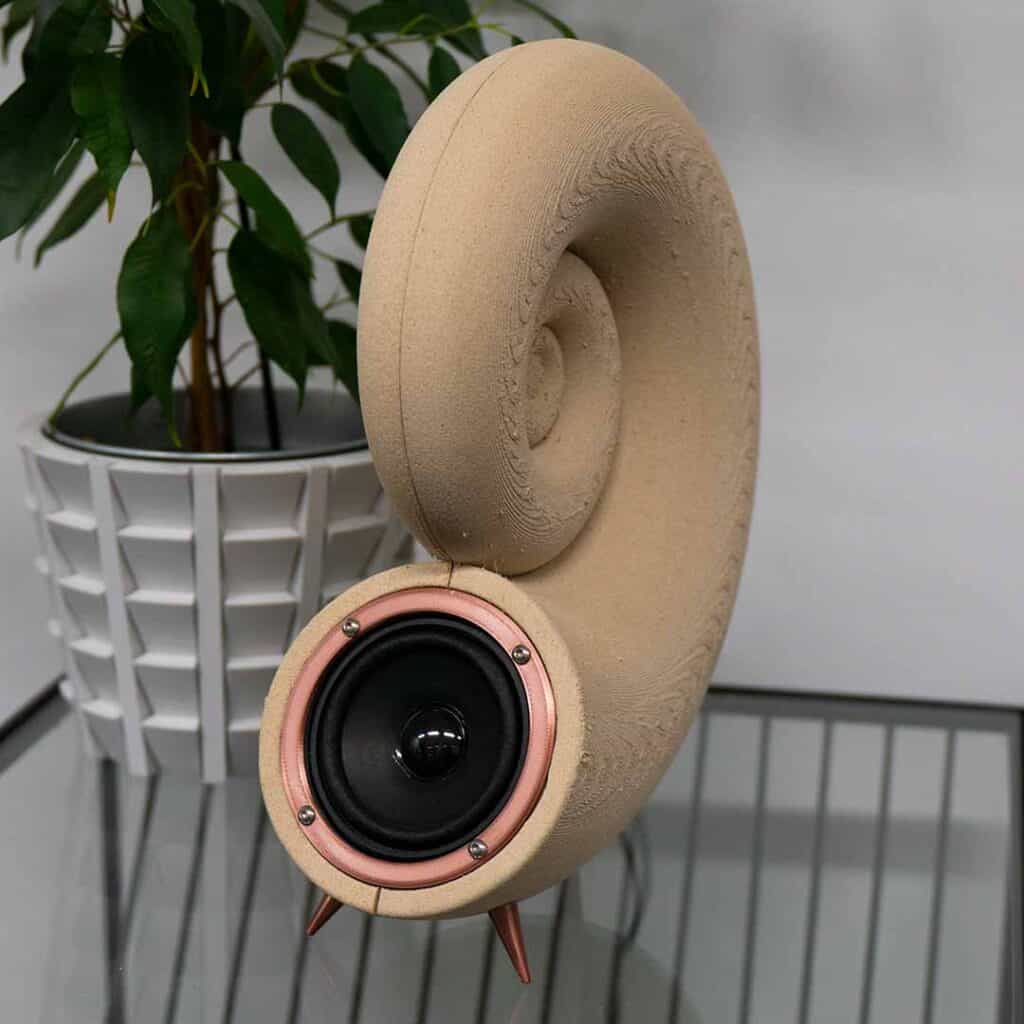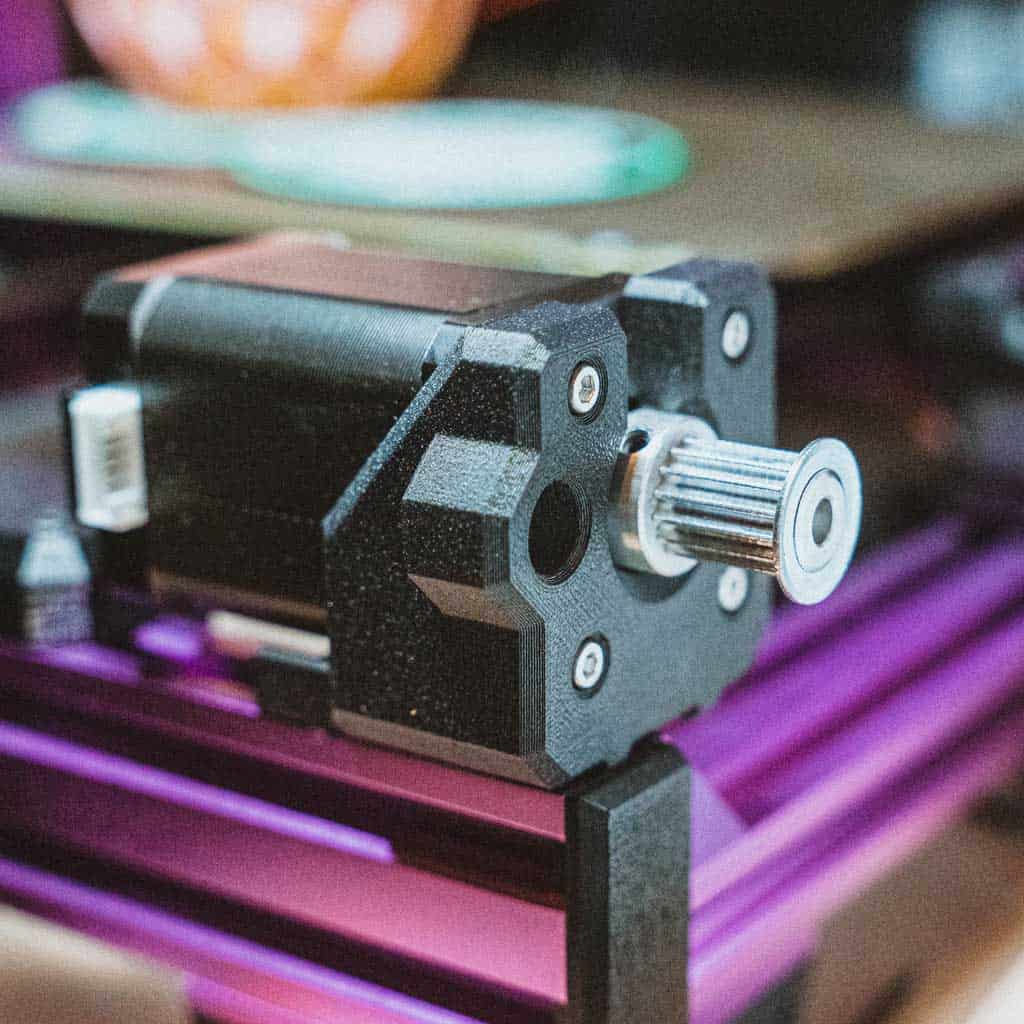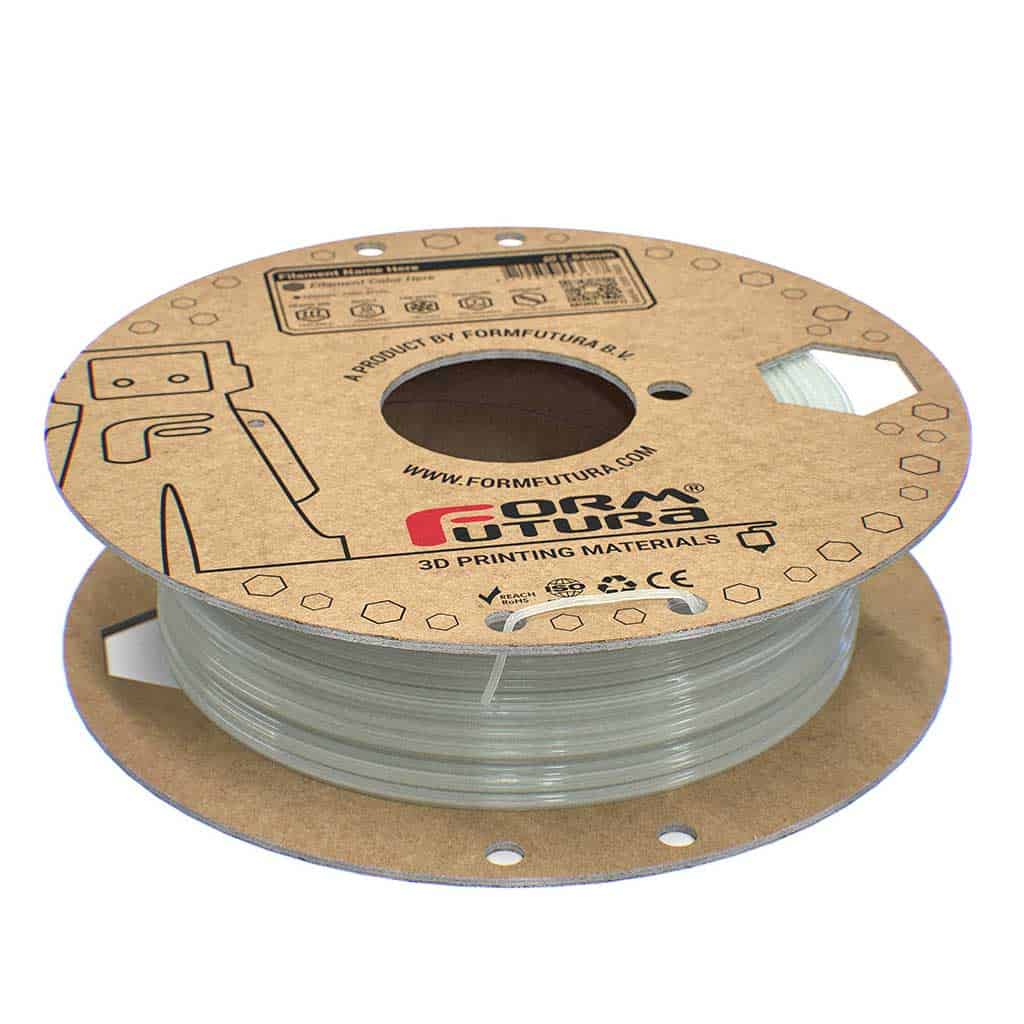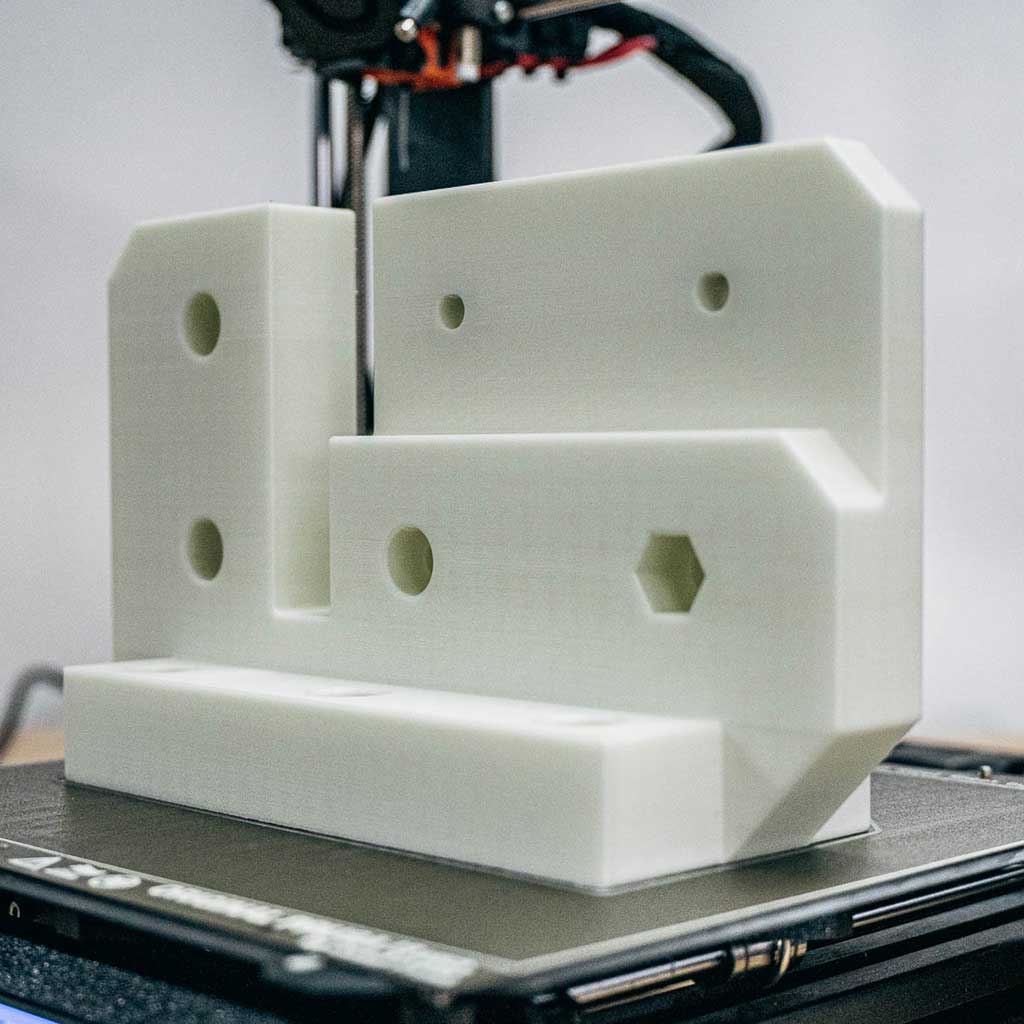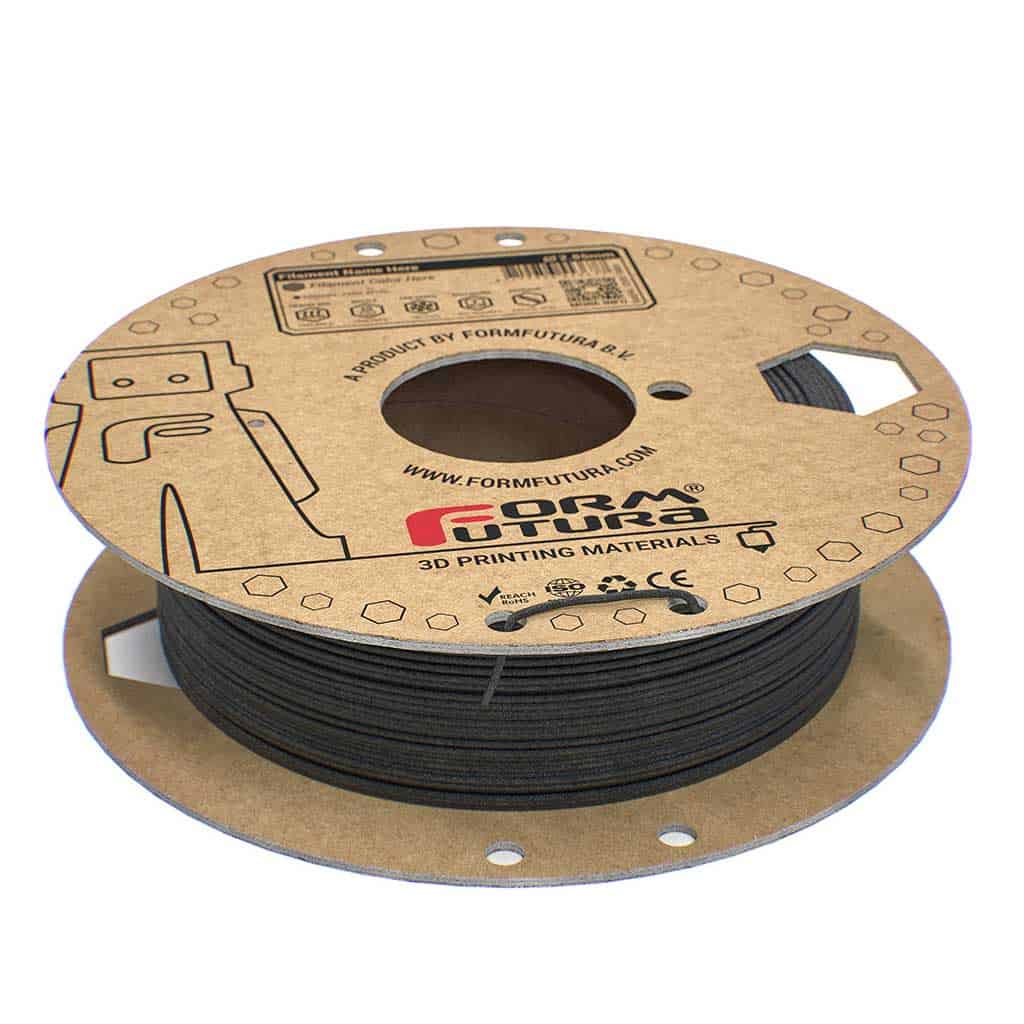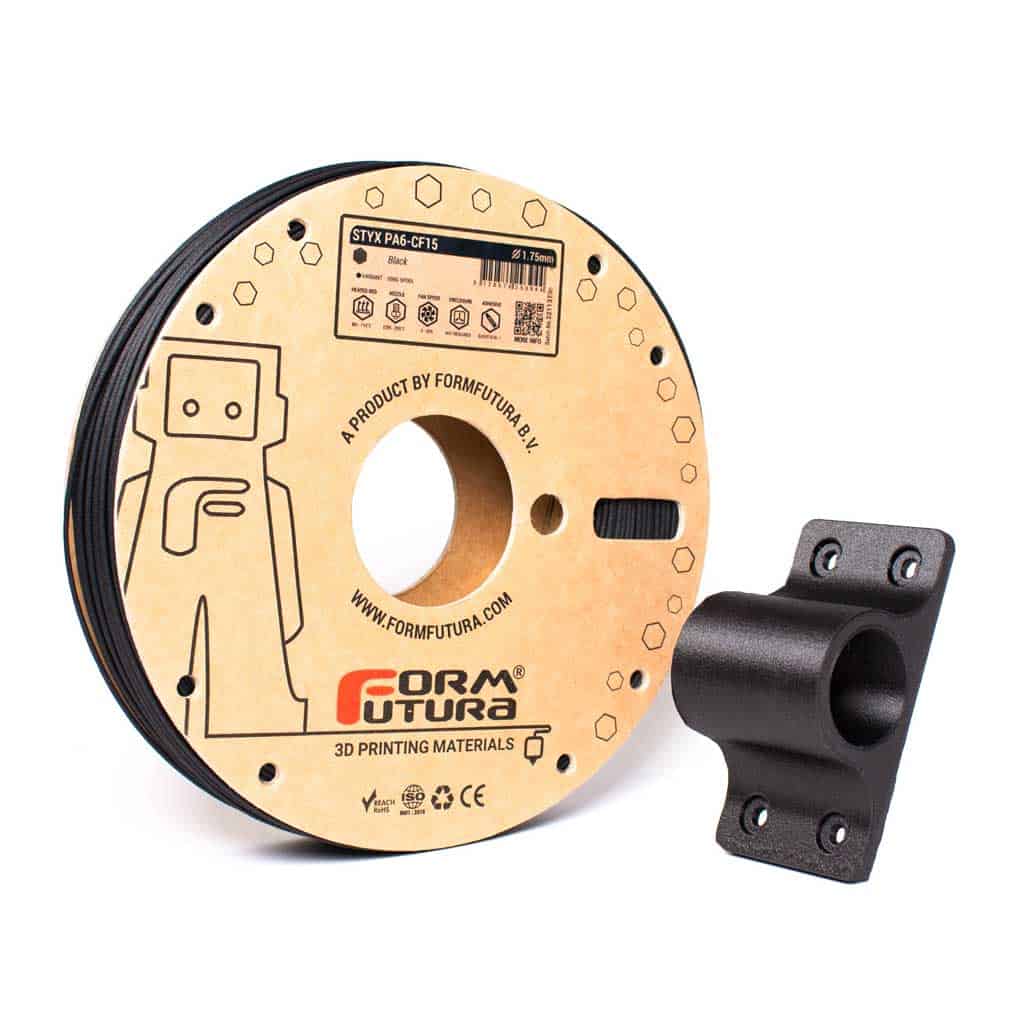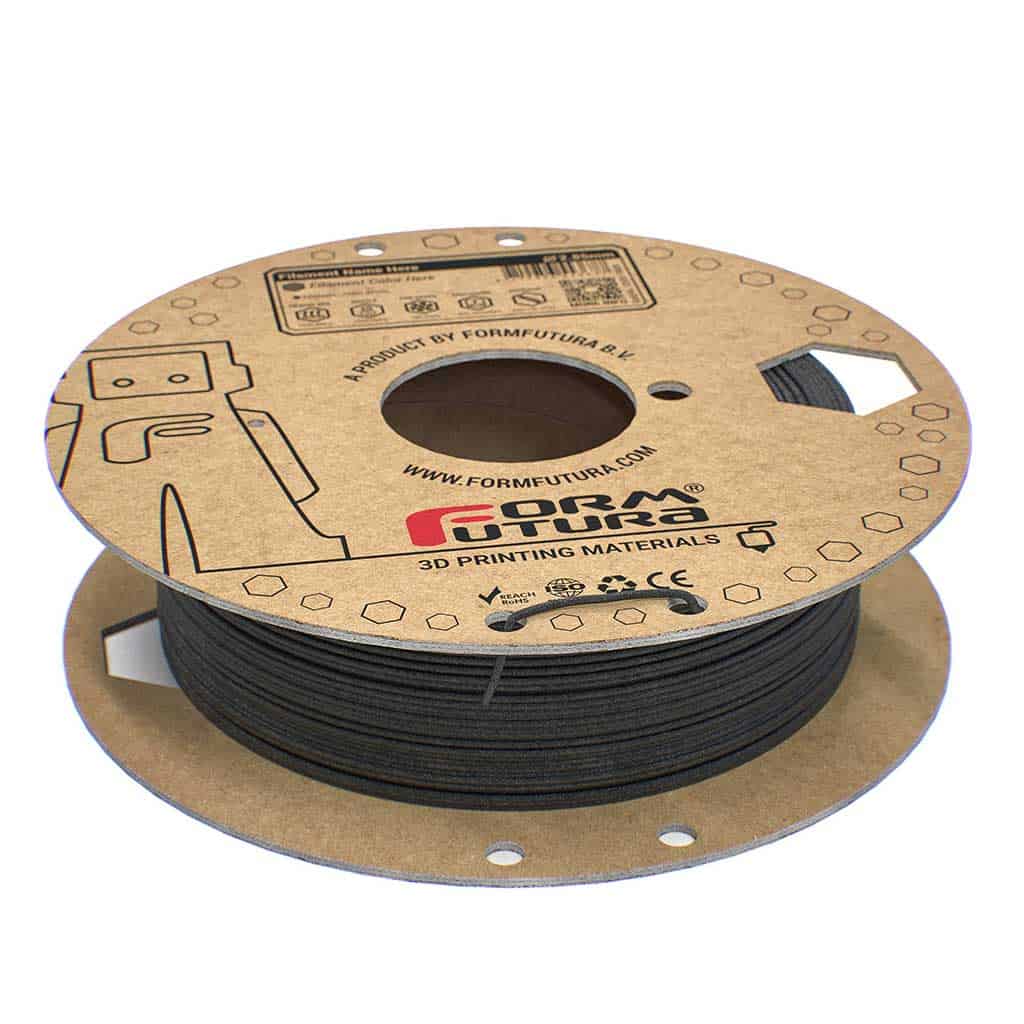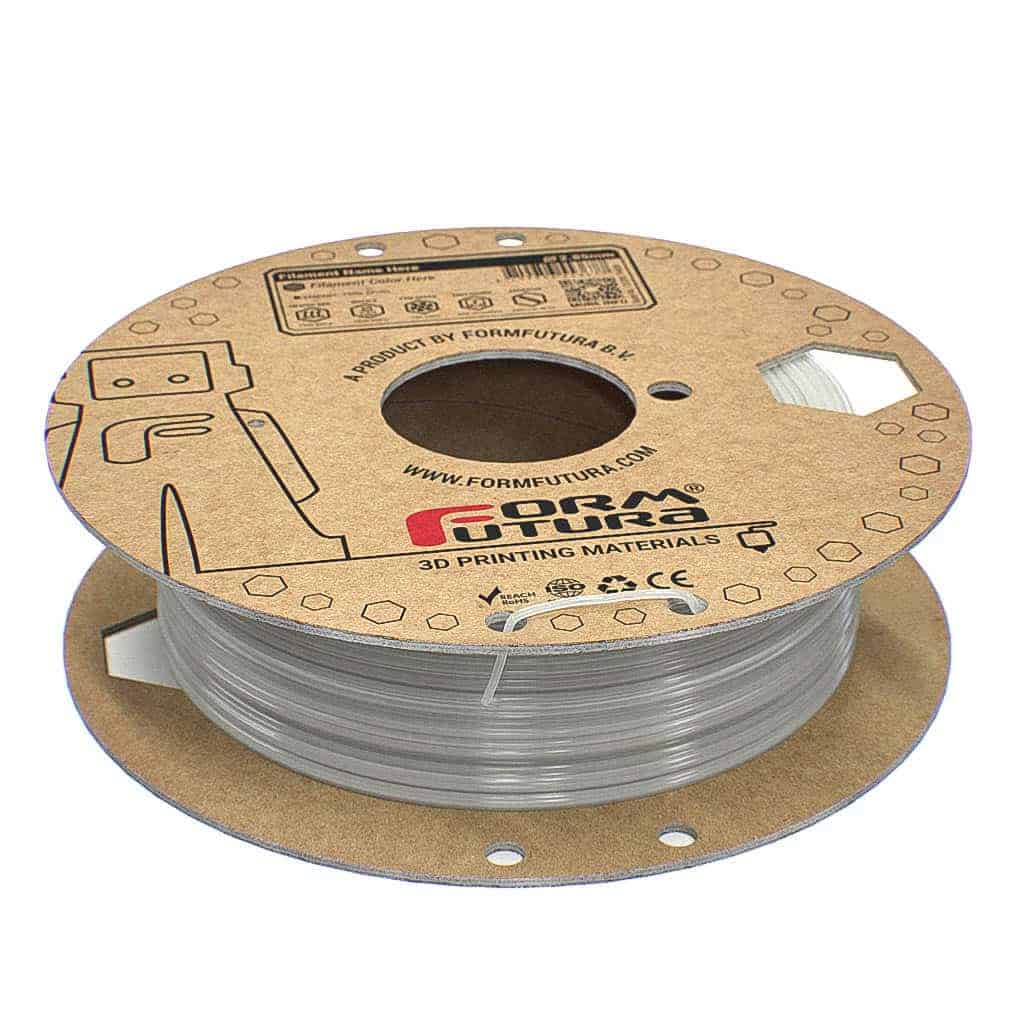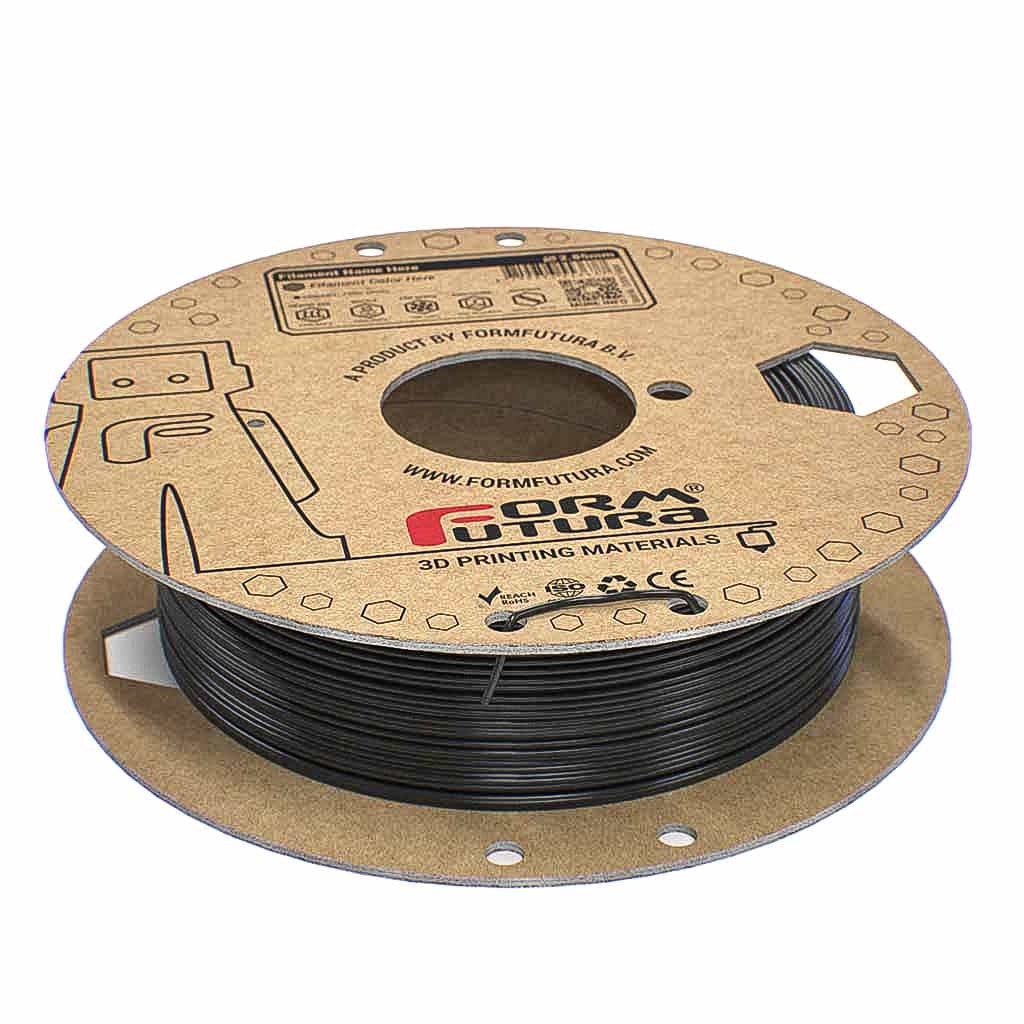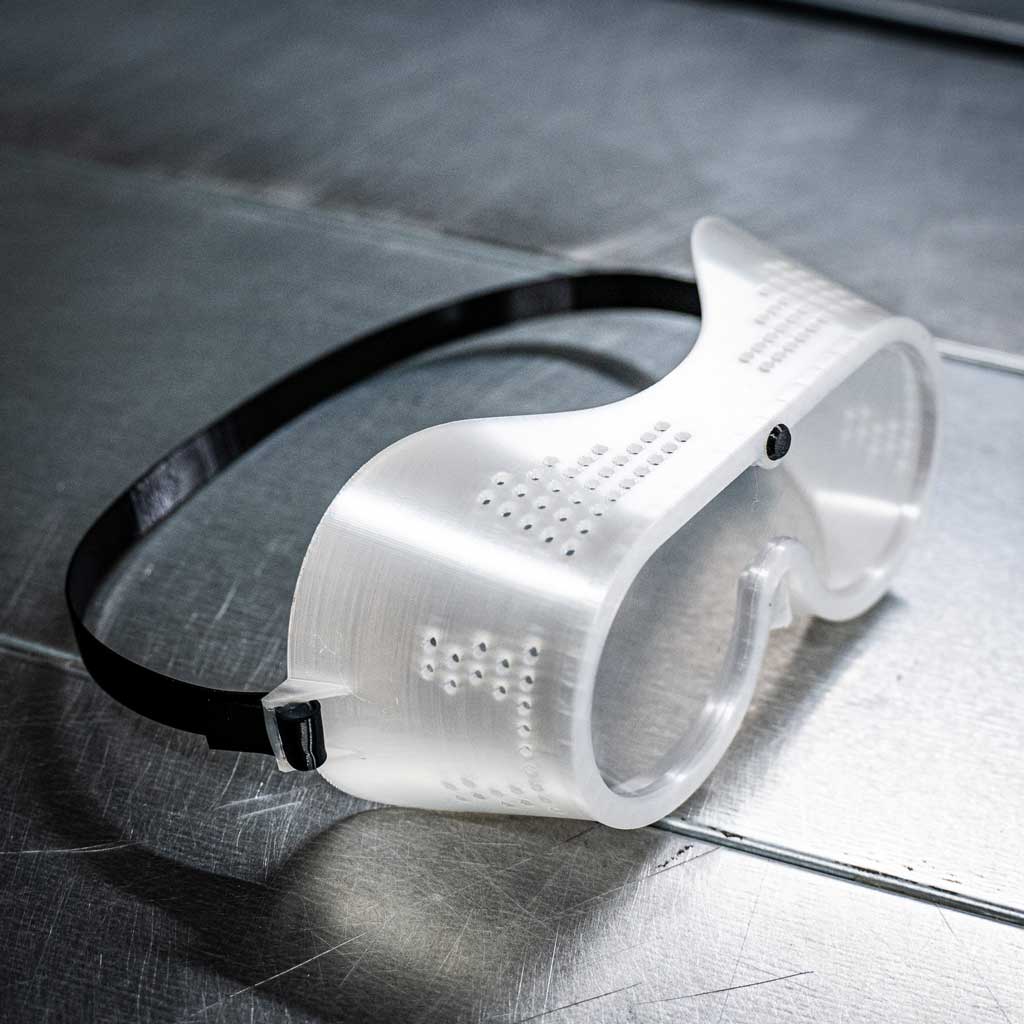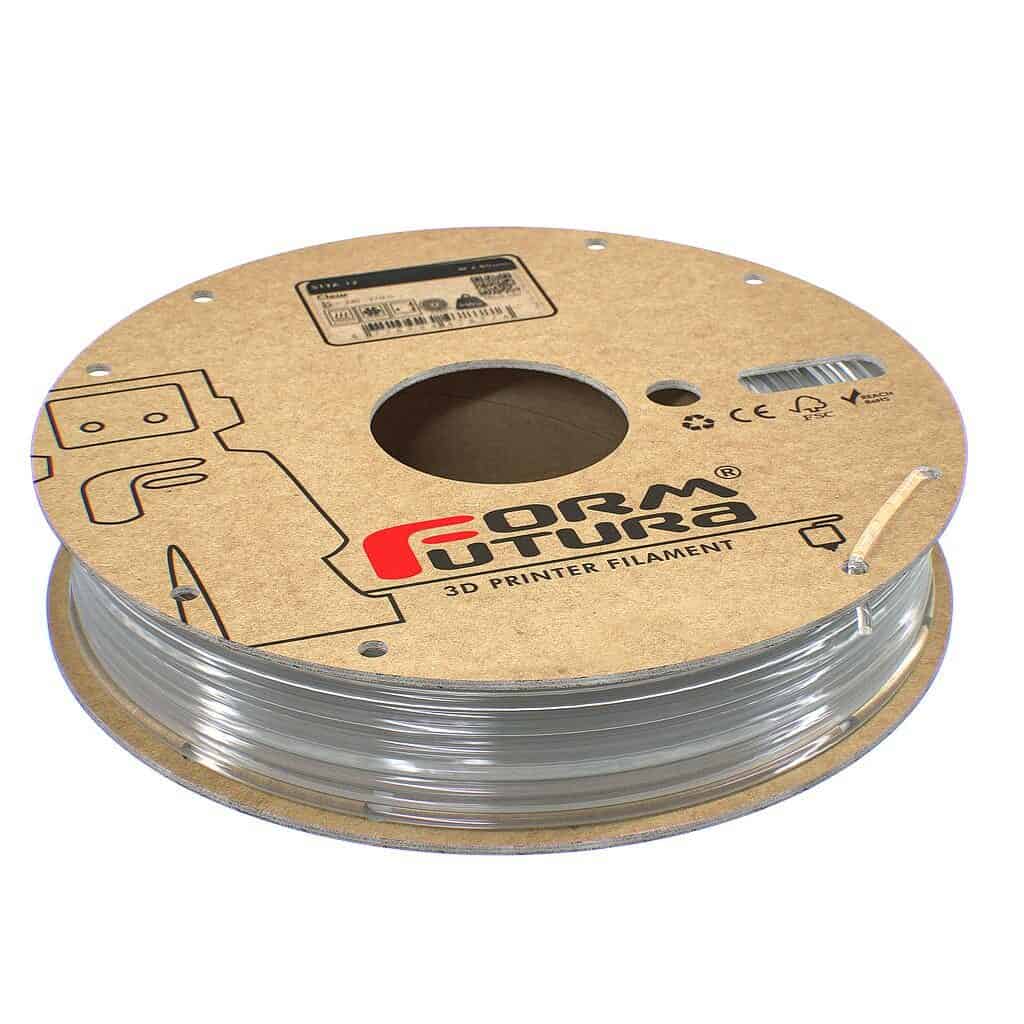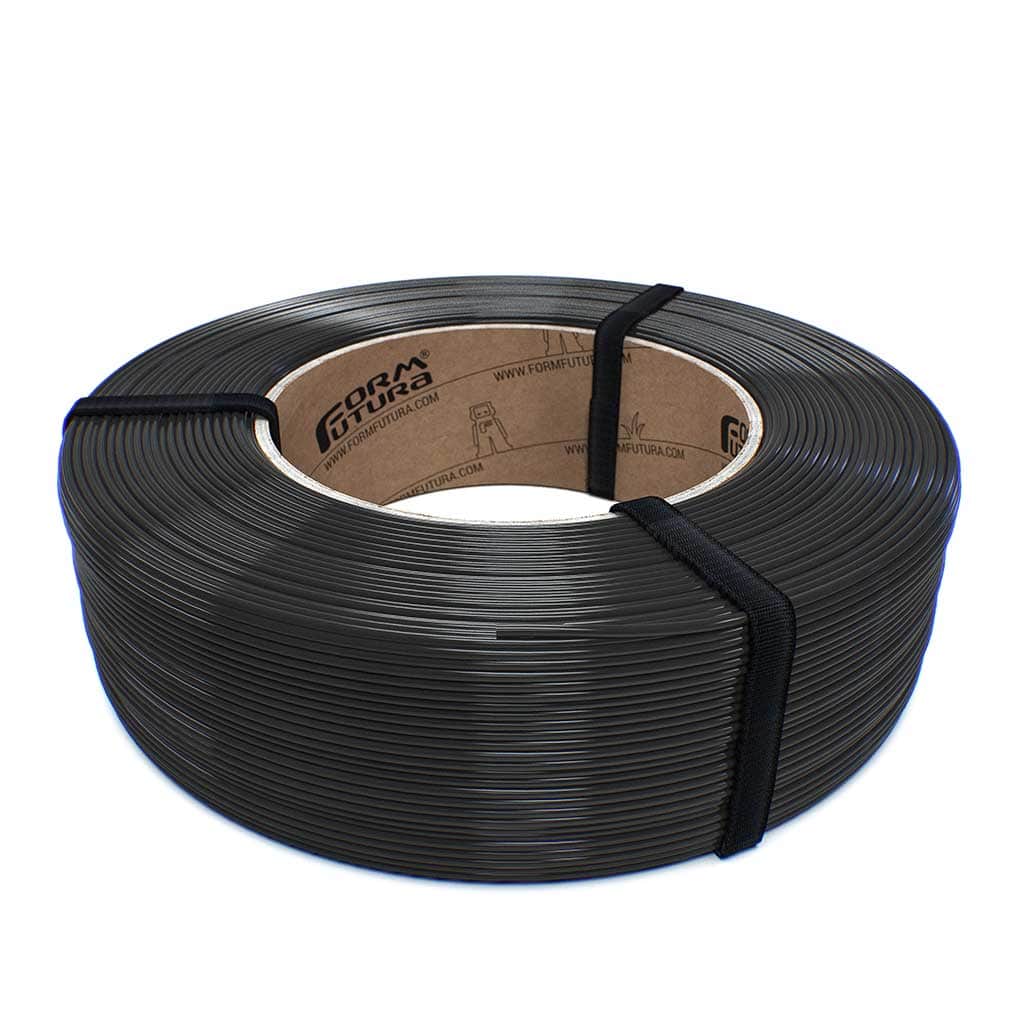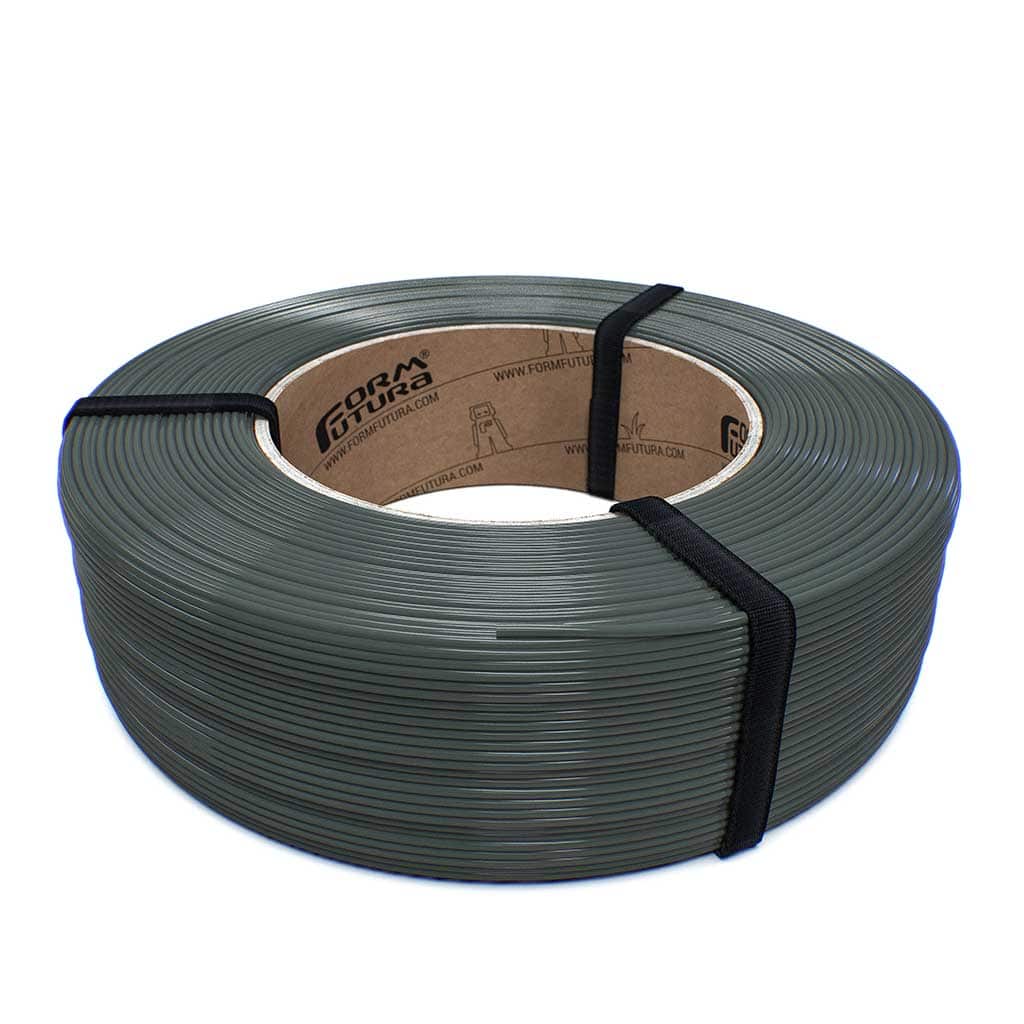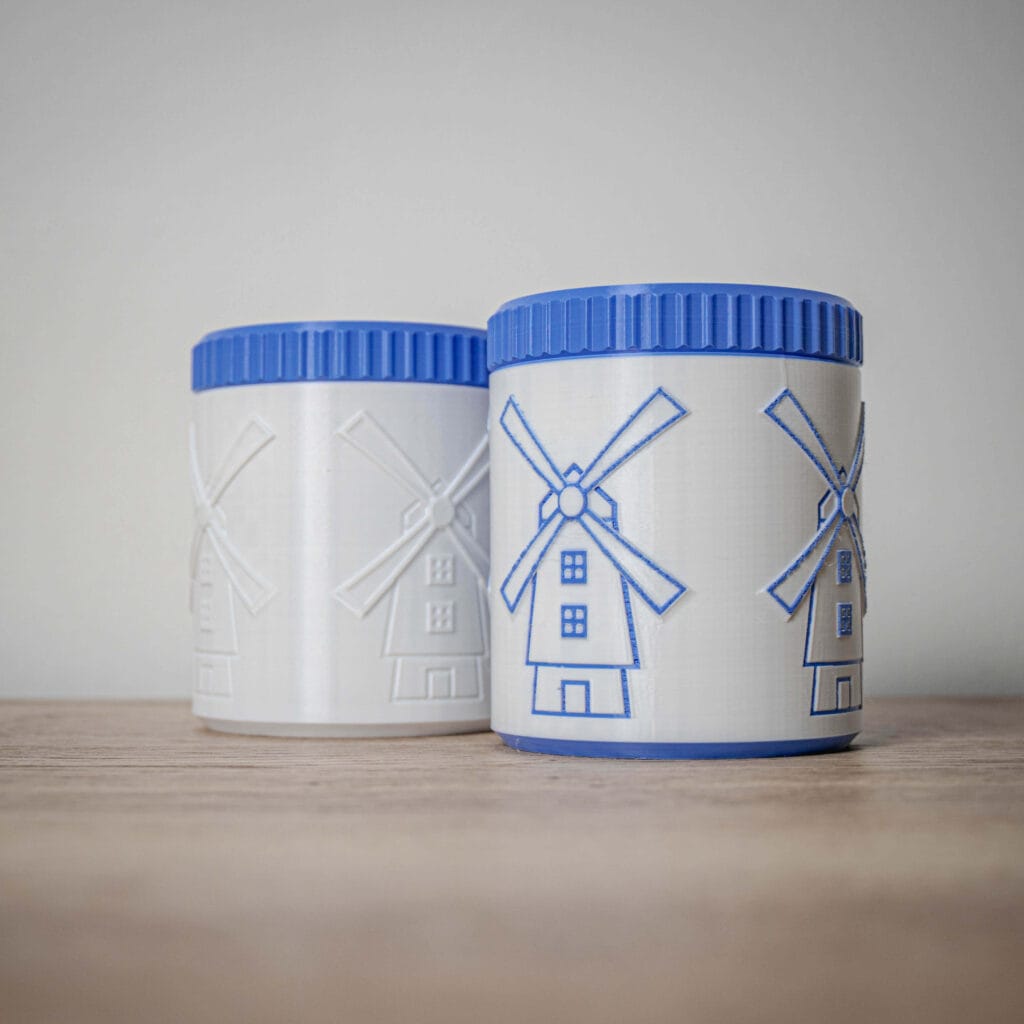High speed filaments
Color
Diameter (mm)
FlexiFil TPC 30D
FlexiFil TPC 40D
BioFil – Wood
ApolloX Kevlar
STYX PA6-GF30
STYX PA6-CF15
ApolloX CF10
STYX PA6
Python Flex TPU 90A
STYX-12
ReFill PLA
ReFill PETG
3D printer filament
To prepare an extraordinary meal, it is important to carefully select the best ingredients. But with so many options, how do you know which ingredient you should use? The same thing goes for filaments, and that's where FormFutura steps in. Looking for filaments that are strong, rigid, soft, flexible? We have it all. Looking for a strong 3D printer filament like Nylon? No problem. Looking for specialized creative filaments for your design? Again, no problem! If the latter applies to you, check out our StoneFil, EasyWood, Galaxy PLA, or High Gloss PLA.
The basics of 3D printing
Additive manufacturing - or 3D printing as it's commonly referred to - may sound vague, but it's actually pretty straightforward. All you need to get started with 3D printing is a sliced 3D printing model, a 3D printer, and 3D printer filament or resin that is compatible with the printer. During the design phase of your model, it is best practice to consider the implications of 3D printing it down the line. Knowing the 3D printer and the materials you will be using it with is fundamental.
Aside of 3D printing fundamentals, we highly recommend getting familiar with the basic specifications of materials. It will greatly benefit you when you are selecting the right material for your project. Just like there are many different 3D printers, there is a wide range of 3D printer filament available. Because there is a constant flow of new and innovative materials at FormFutura, we want to keep things as simple as possible for you. On our category pages you may find additional information about their respective material type, and how they are typically used. Not all category pages have such information available, so we are continuously adding more.
Finding the right 3D printer filament for you
We previously talked about selecting the best ingredients , but how does one ideally go about finding the right 3D printer filaments? With so many viable options, it's easy to lose the overview and automatically revert to sticking to the few filaments you know.
An easy way to break the mold if by asking: Does your 3D print require mechanical properties? Ifso, determine which properties are most important and look at filaments accordingly. As we offer a wide range of 3D printer filaments, there's bound to be a filament that is perfect for your application. Our product range includes filaments with an emphasis on strength, rigidity, softness, flexibility, versatility, unique aesthetic properties, and much more.
While considering the mechanical properties, it is also a great idea to look at which 3D printer filaments are popular. Great examples of this are PLA, ABS, and PETG. The most popular of which is PLA filament. PLA is very easy to print and is often used for applications that focus on visual features. Typical applications include prototyping and decorative objects. ABS is very functional thanks to its mechanical properties, whereas PETG is highly versatile. More on those below.
Diameter
FFF/FDM 3D printers commonly extrude 3D printer filament through nozzles with a diameter of 1.75mm or 2.85mm in thickness. At FormFutura, we offer all our filaments in both diameters. By doing so, we aim to ensure you will always able to select the right filament for your 3D printer.
Another aspect we take great care in is diameter tolerance. In short, diameter tolerance is the consistency of the thickness of filament. This is an important factor, because the filament has to fit in your 3D printer and consistently extrude the same amount of filament. Our global standard is a diameter tolerance of below 0.05mm. Lower is better. We find that this anything below this amount is more than sufficient to accurately and consistently extrude the right amount of filament.
Compounds and additives
It is a given that 3D printer filaments are made from thermoplastic materials. Typically a filament contains a single thermoplastic or a compound of two or more thermoplastics. For example, our ABSpro Flame Retardant filament is the resulting product of an ABS and PolyCarbonate blend. However, there are also filaments that contains additives. These so-called additives, or fillers, are secondary materials or substances (usually in the form of solid particles).
Adding additives to the primary plastic result in a modification of the properties of the resulting 3D printer filament. Modifying properties of plastics may offer great possibilities, such as additional strength. To give another example, adding carbon fibers improves the stiffness, strength and toughness of the filament. These properties nicely carry over to the printed objects, opening up opportunities for much stronger 3D prints. The same thing applies for additives with an impact on aesthetics. This enables us to create some truly unique effects. Great example of these are stonepowder in StoneFil and wood particles in EasyWood.
The different 3D printer filament types
As we have discussed at length, there are a lot of 3D printer filaments available. Before we briefly mentioned the three most popular filaments PLA, ABS, and PETG. Well nowadays the choice of filaments is huge. Not only in materials, but also in strength, color, and flexibility. This makes it so that there is a lot of potential for great 3D prints. Let's briefly go over the material types.
PLA filament
The abbreviation 'PLA' stands for Polylactic acid or polylactide. PLA filament is biodegradable and made from renewable resources, such as corn starch, cassava roots chips or starch. PLA filament is by far the most populair 3D printer filament in the market. It gained its popularity mainly for two reasons. First of all, its user-friendliness. PLA filament is very easy to print and can be printed on all 3D printers. Secondly, its biodegradability which makes it an environmental friendly material above other thermoplastics. Due to these two factors it is embraced by many.
ABS filament
Acrylonitrile Butadiene Styrene (ABS) is an oil-based thermoplastic. ABS filament is a perfect choice for 3D objects that have to be strong or need a high impact resistance. After 3D printing with ABS it is possible to post-process your print with acetone. This creates a beautiful glossy effect on your print. The material is known to be strong, tough, and durable. Next to that, it offers good resistance to heat, electricity, and everyday chemicals. ABS filament is a bit flexible and therefore less brittle than PLA. However, as an oil-based product ABS filament is less environmental friendly in comparison with PLA filament.
PETG Filament
Next to ABS and PLA filament one of the most common plastics is PETG filament. PETG basically is a beautiful allround filament suitable for multiple applications. You may know PETG from a soda bottle. In the world of 3D printing PETG does combine the best parts of PLA and ABS in one unique filament. PETG offers a similar strength to ABS, while the odor that is released when printing is much less. Furthermore, PETG comes in the widest range of different colors. This mainly is due to the fact that it can be supplied in both opaque and translucent versions.
ASA Filament
ApolloX is a modified ASA based 3D printer filament that promises improved mechanical properties. ASA filaments are perfectly suitable for 3D printing mechanical parts and outdoor applications. ASA filament is UV and weather resistant and combines high strength and heat resistant properties. Furthermore, this filament is resilient to chemical influences and heath. This makes ASA a perfect engineering filament for outdoor and automotive applications.
About Formfutura
Formfutura is since 2012 your specialist in the field of 3D filaments. We help and advise you in making the right choice in filaments. Please feel free to contact us to discuss your issue. Our product specialists will gladly assist you.
